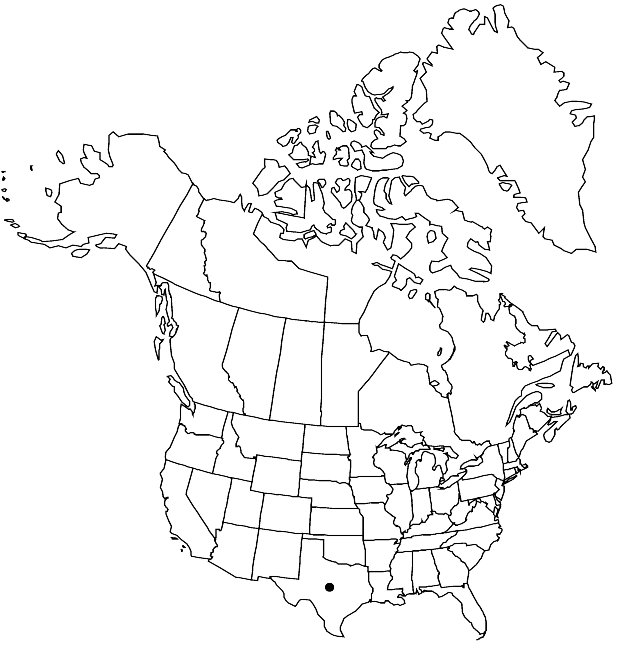Difference between revisions of "Stanleya pinnata var. texana"
Lundellia 7: 39, figs. 2, 3. 2004.
FNA>Volume Importer |
imported>Volume Importer |
||
| (One intermediate revision by the same user not shown) | |||
| Line 45: | Line 45: | ||
|publication year=2004 | |publication year=2004 | ||
|special status= | |special status= | ||
| − | |source xml=https:// | + | |source xml=https://bitbucket.org/aafc-mbb/fna-data-curation/src/2e0870ddd59836b60bcf96646a41e87ea5a5943a/coarse_grained_fna_xml/V7/V7_1205.xml |
|tribe=Brassicaceae tribe Thelypodieae | |tribe=Brassicaceae tribe Thelypodieae | ||
|genus=Stanleya | |genus=Stanleya | ||
Latest revision as of 22:30, 5 November 2020
Cauline leaves: blade linear-lanceolate, margins entire. Flowers: sepals 8–10 mm; petals 8–9(–10) mm, claw 4–5 mm; gynophore 10–20 mm, glabrous or nearly so. Fruits 5–8 cm; ovules 10–20 per ovary. Seeds 2–3 mm.
Phenology: Flowering Apr–Jun.
Habitat: Silty flats, desert washes, bare calcareous-gypseous outcrops, betonite clay hills
Discussion
Of conservation concern.
R. C. Rollins (1939c, 1993) treated plants of var. texana under both var. integrifolia and var. pinnata. As shown by Turner, var. texana is somewhat distinct morphologically and is disjunct by ca. 800 km from the nearest populations of var. pinnata. Also, it grows on gypseous instead of seleniferous soils. It is found only in Brewster County.
Selected References
None.
Lower Taxa
None.
